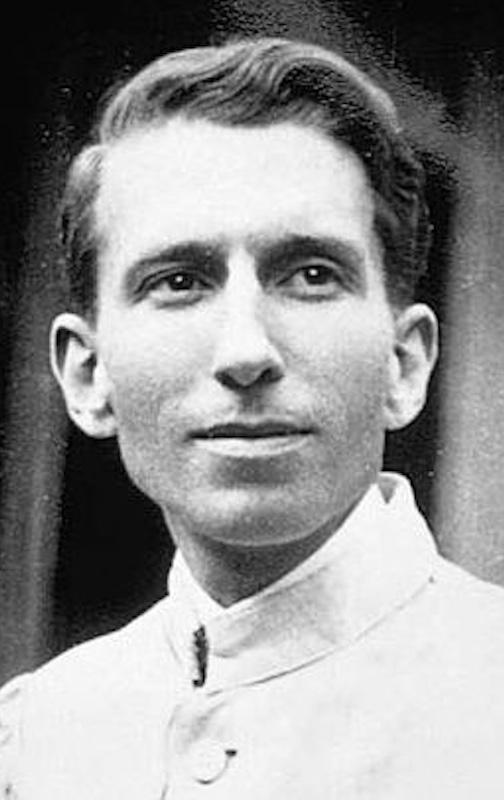Gozzano, Guido
Name
Gozzano, Guido
Variant name
Guido Gustavo Gozzano
Gender
Male
Birth
December 19, 1883 Turin
Death
August 9, 1916 Turin
Descriptive Note
Of frail health, poet Guido Gozzano spent his life in Turin and in the family's estate in Agliè, in the Canavese area. After attending the Liceo classico Cavour; he studied Law at the University of Turin but never graduated, perferring to attend the literature lessons by poet Arturo Graf, with a cadre of young intellectuals and writers who shared Graf's rejection of Gabriele D'Annunzio's ideology and style. Many of these writers became part of the group called I Crepuscolari. The group's metaphorical name, coined in 1910 by literary critic Giuseppe Antonio Borgese, referred to a condition of decline, melancholia, and return to common and daily topics.
In 1907, Gozzano published his first collection of poems, La via del rifugio. In 1911, he published his main work, I colloqui, with the Milanese publisher Treves. I colloqui was very well received and Gozzano began to collaborate with important magazines and newspapers, such as La Stampa, La Lettura, and La Donna.
Gozzano's worsening health prompted the decision to travel to India and Ceylon. His cruise ship left Genoa on 16 February 1912, returning in May 1913 after visits to Colombo and Bombay. The travel inspired the texts that were posthumously published (in 1917) under the title Verso la cuna del mondo.
In March 1914, he published in La Stampa some fragments of the long poem Le Farfalle, which he never completed. In 1916, shortly before his death, Gozzano began writing the script for a film about Francis of Assisi, which was never filmed.
Gozzano wrote a number of piece devoted to Turin and the 1911 Exhibition, including Un vergiliato sotto la neve (La Lettura 1911, n.4 ) where he describes the Exhibition under the snow during the construction works.
Roles
Writers (Composers), Journalists;
Writers (Composers), Poets


